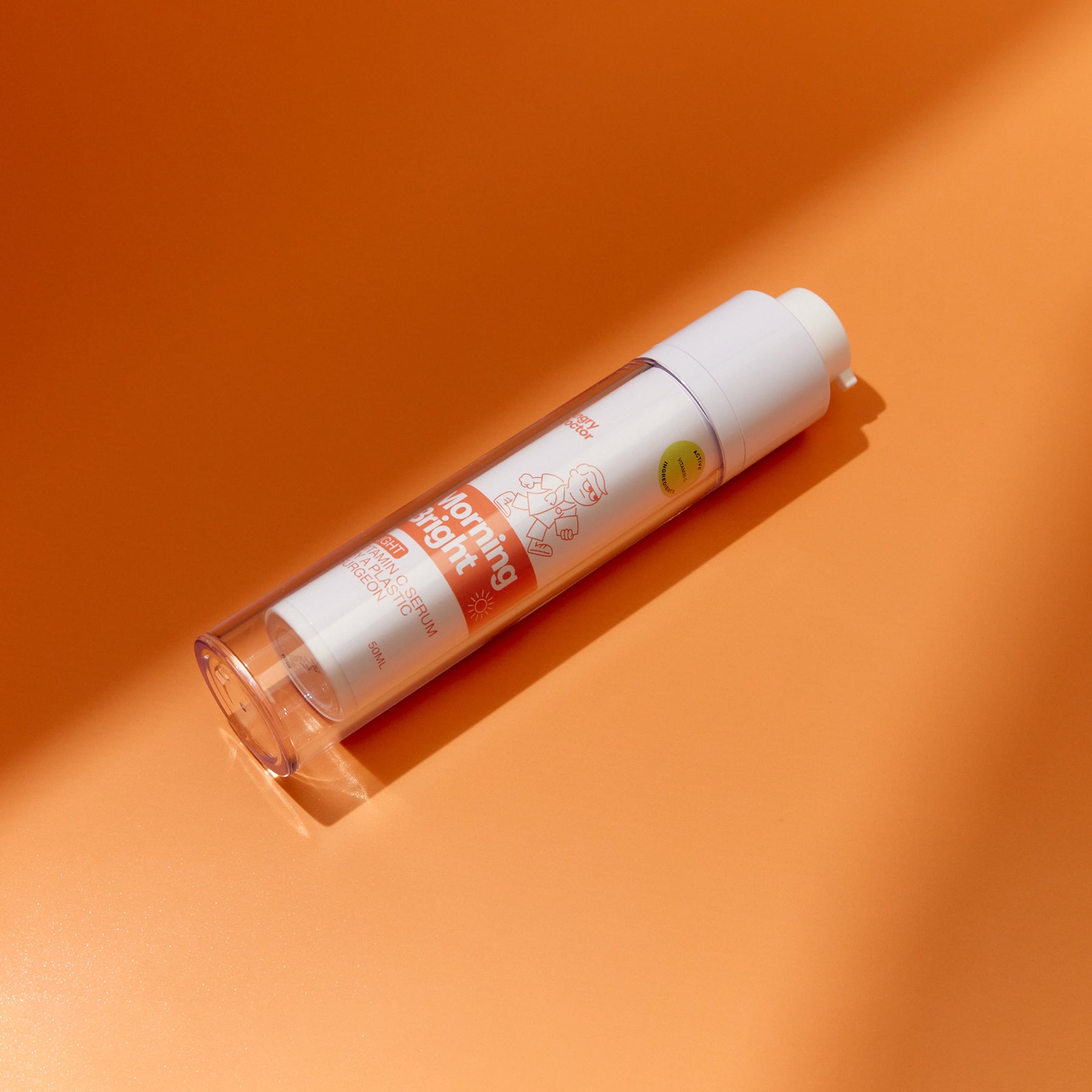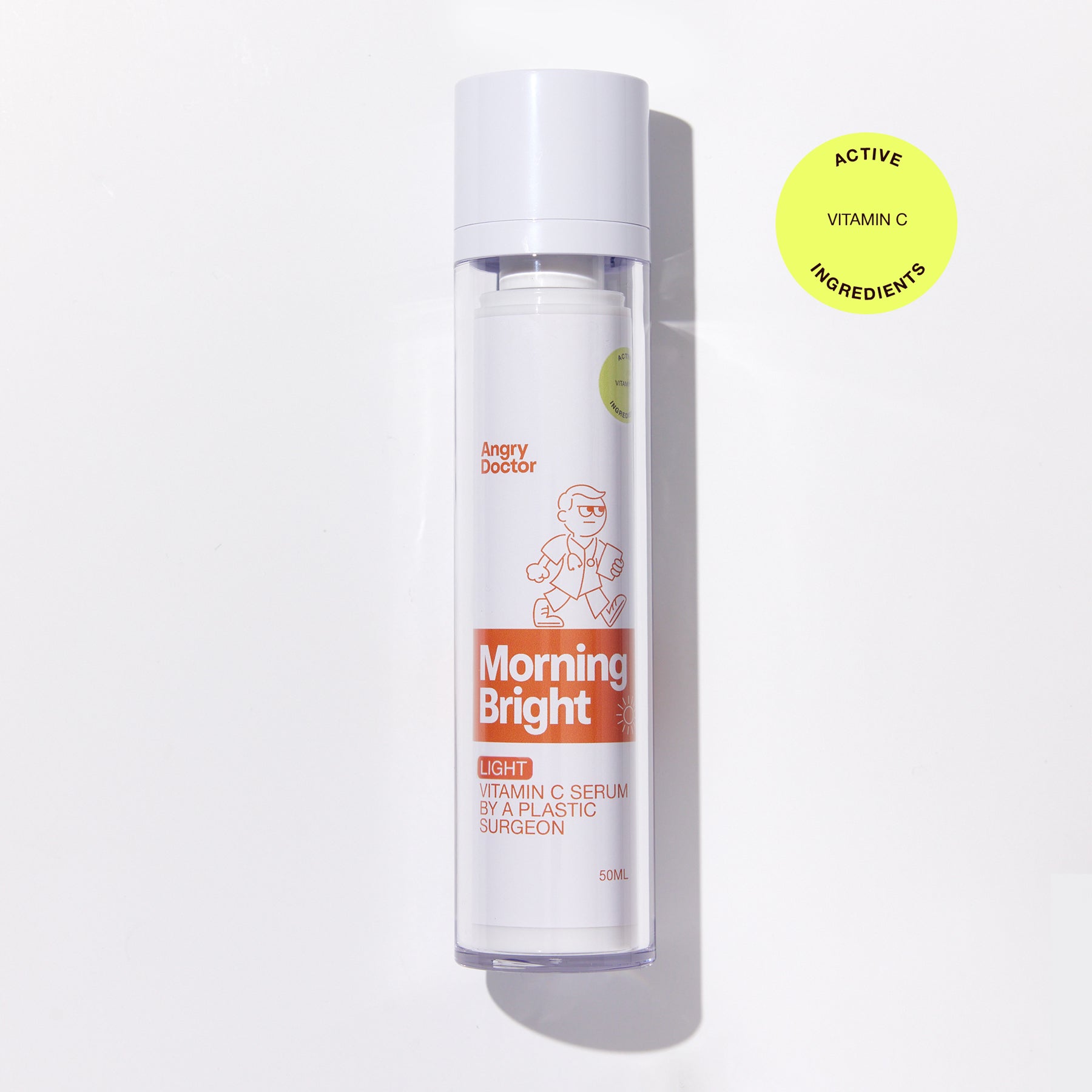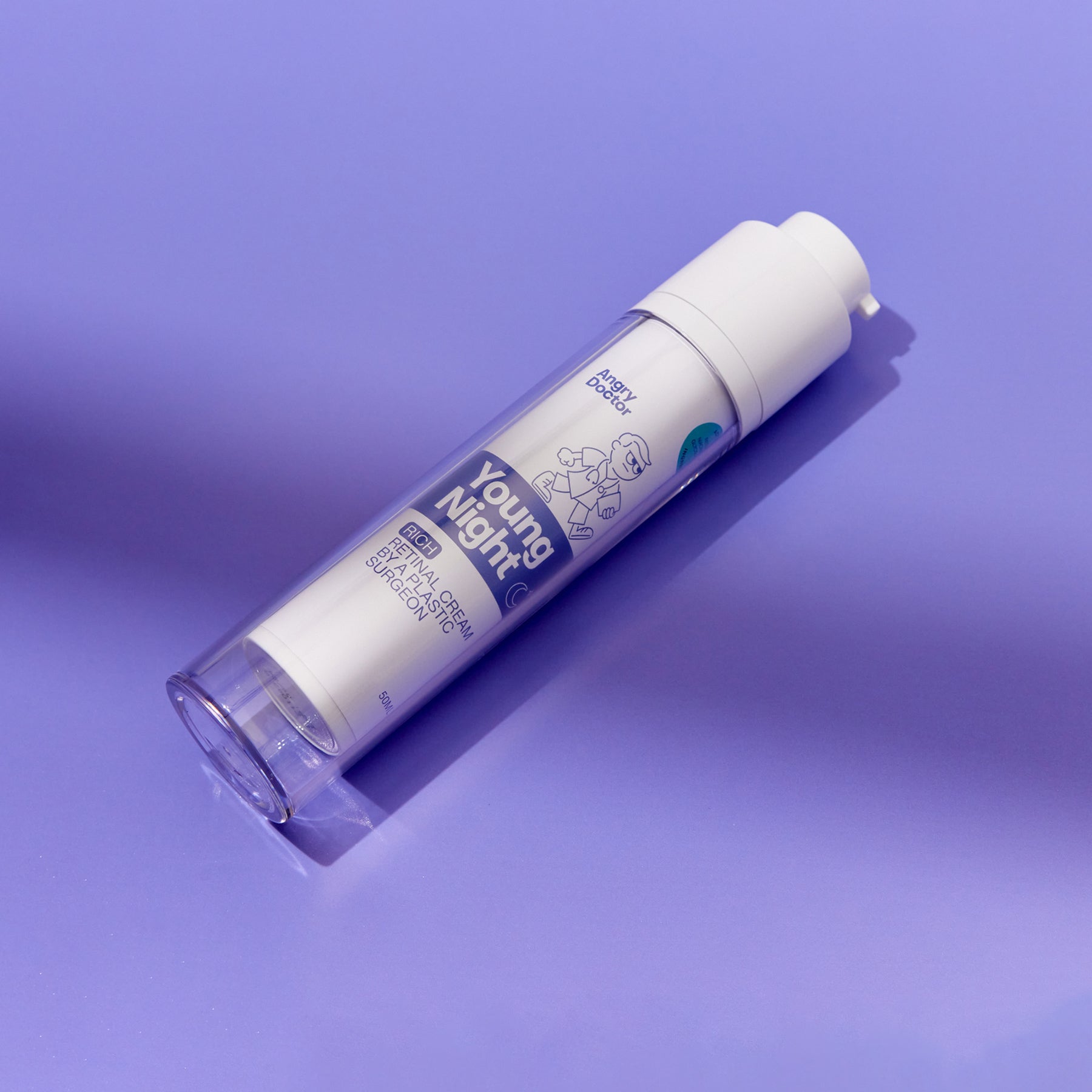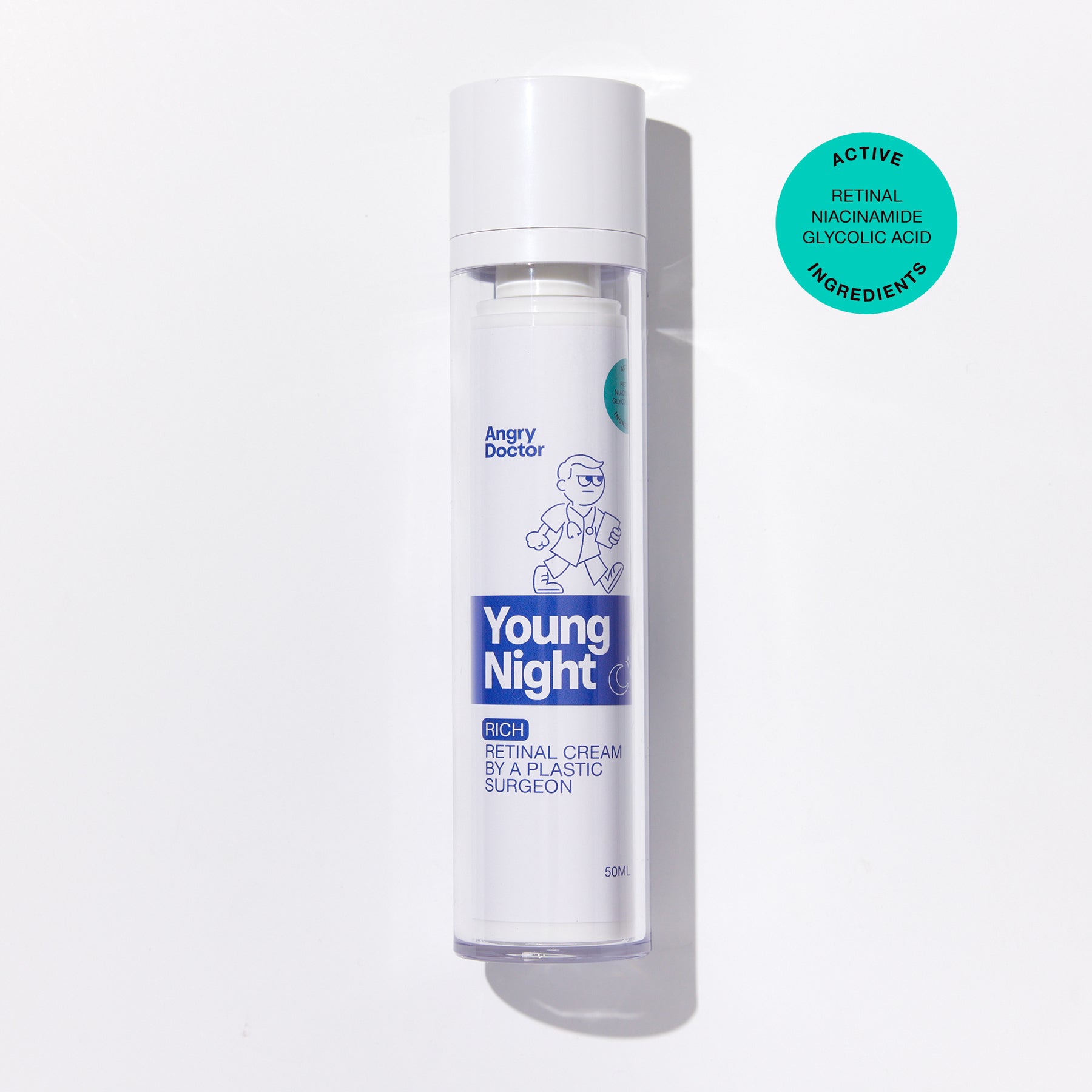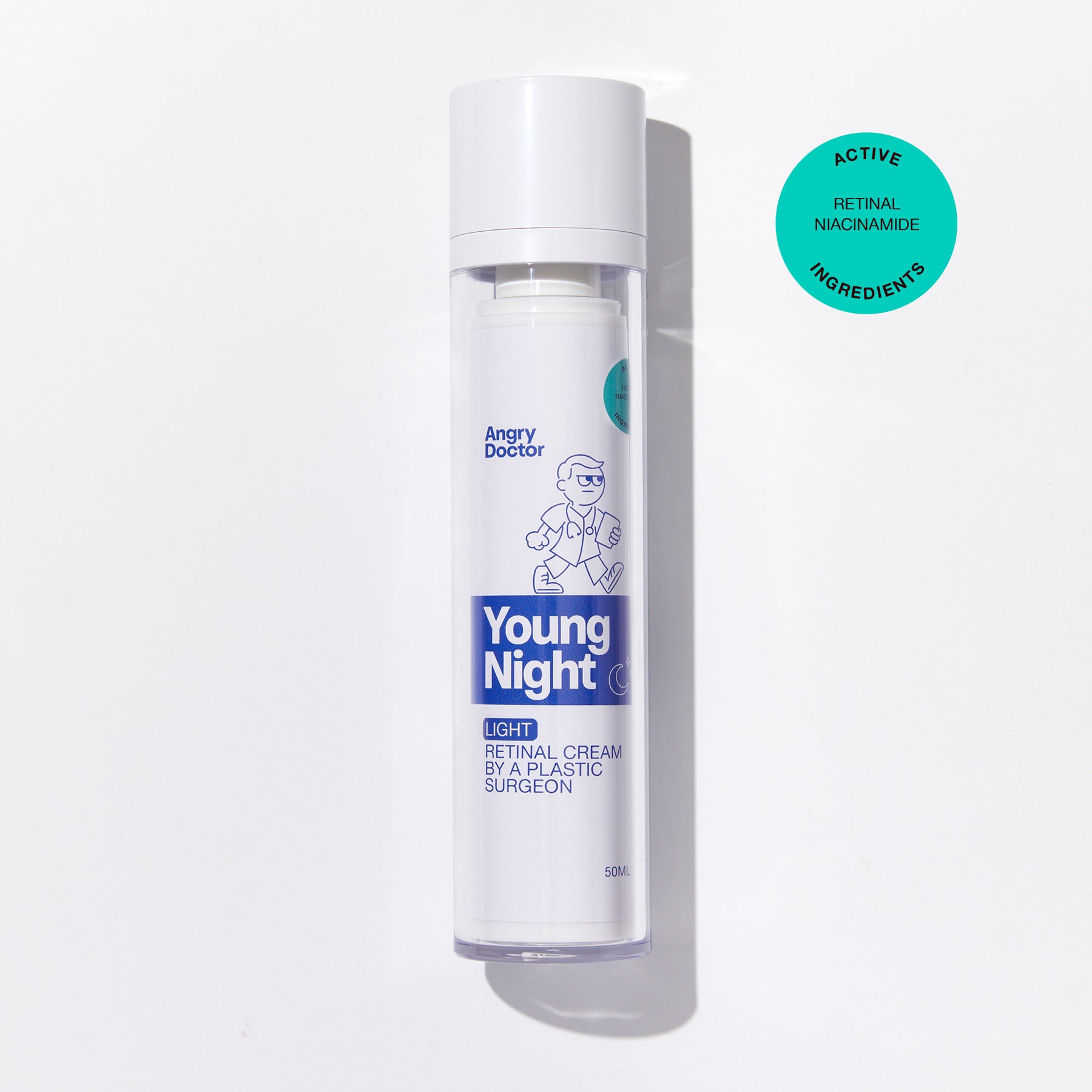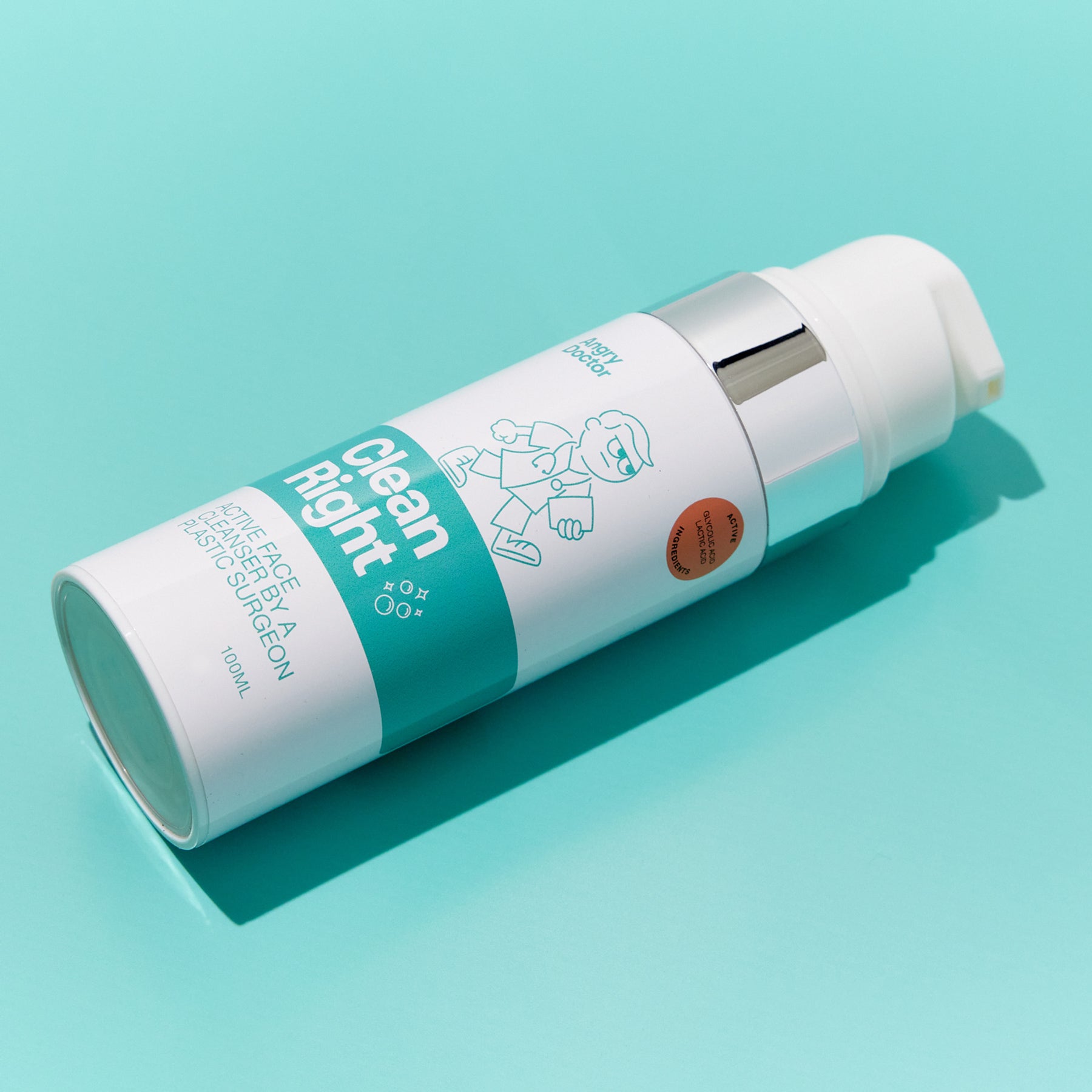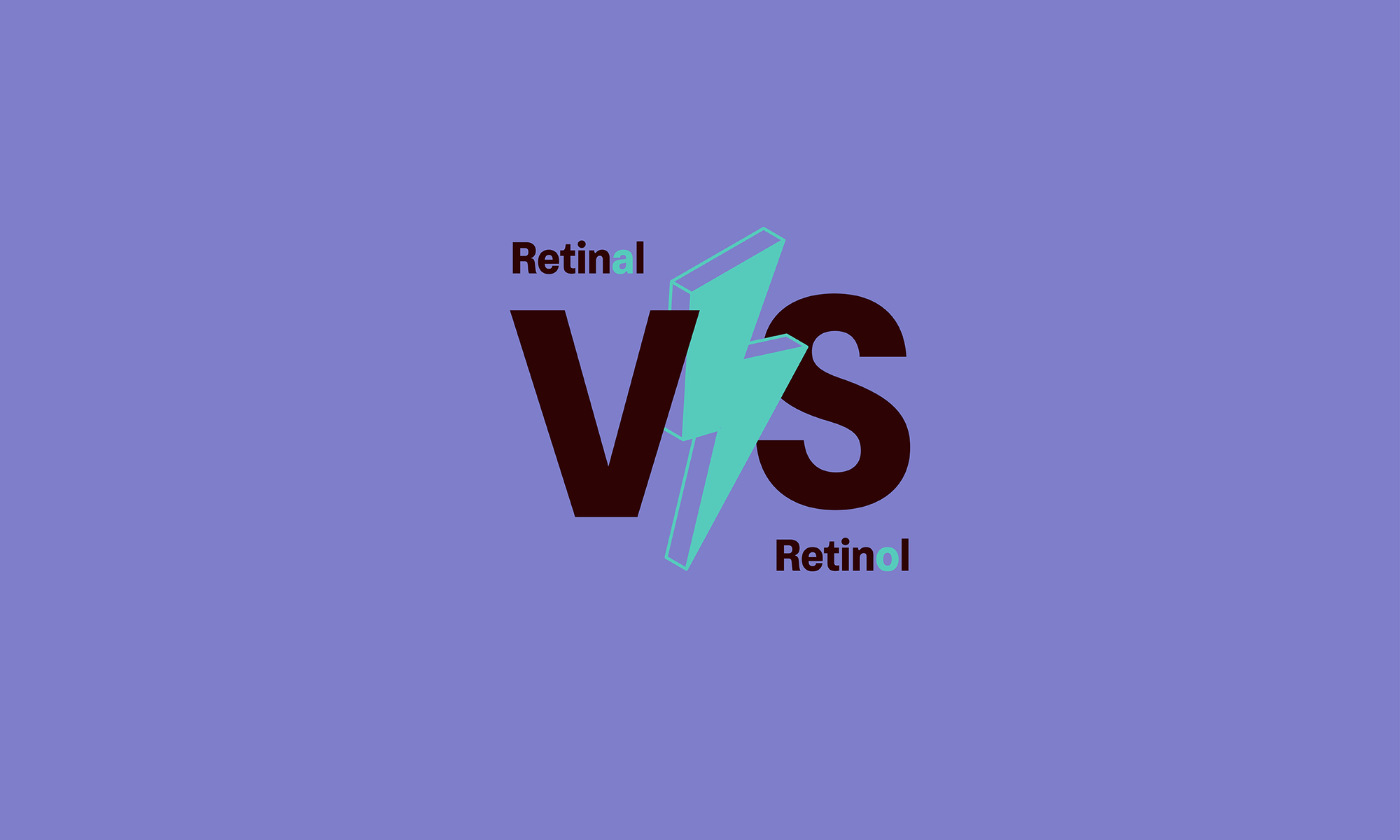

What’s the difference between retinal and retinol?
READ TIME: 2 MINUTES
TLDR: Both retinal and retinol are derivatives of vitamin A (considered the gold standard of anti-ageing ingredients). However retinal acts up to 11 times faster than retinol at providing anti-ageing, radiance-boosting and clarifying benefits to the skin; it’s also less likely to cause irritation, redness or dryness often associated with retinol.
Read ‘retinal’ and ‘retinol’ side-by-side while squinting and you’d be forgiven for thinking they’re the exact same word. Both are derivatives of vitamin A. Vitamin A is a class of molecules that have very powerful effects on many parts of our bodies, from our eyes to our internal organs, brain and skin. I’m not here to chat with you about your brain or your internal organs (sorry) – I will speak about skin though. Vitamin A and its derivatives are among the most effective substances in slowing the ageing process – they work to increase skin cell turnover to reveal a plumper, smoother and younger-looking complexion. But, one of the derivatives works a little harder. Spoiler alert: it’s retinal. Here’s a bit of a breakdown of the difference between the two and why retinal is the real vitamin A golden child.
A quick retinal refresher
Retinal is a retinoid. Retinoids are the name given to all vitamin A derivatives. They improve cellular function in several ways and reduce inflammation, leading to skin that looks younger, smoother, clearer, brighter… you get the gist. There’s a reason retinoids are considered the gold standard of skincare ingredients – their ability to dramatically improve the appearance of the skin while altering its function into a healthier state is something to behold.
What’s so good about retinal anyway?
The term ‘retinal’ is short for retinaldehyde; you can think of it as the precursor to retinoic acid. What’s retinoic acid? It’s basically the most active biological form of vitamin A and is found in prescription retinoids which are super potent.
For retinoids to work their magic (read: increase skin cell turnover, boost collagen production, decrease fine lines, show acne who’s boss and minimise hyperpigmentation) they have to be converted to retinoic acid, which binds to skin cell receptors. The more conversion steps required before a retinoid can turn into retinoic acid, the weaker and less potent it becomes – but because retinaldehyde is only one step away from reaching that end goal, it’s more effective than its other over-the-counter counterparts, which require additional conversion steps before they turn into retinoic acid.
Retinal vs. retinol – what’s the difference?
As you’ve probably gathered from what I said above, overall retinal appears to be more effective. The key difference is that retinaldehyde is much closer in effectiveness to retinoic acid but without the infamous side effects (skin sensitivity, redness, dryness). It acts up to 11 times faster than retinol at providing anti-ageing, radiance-boosting and clarifying benefits to the skin. Not only does retinal require fewer conversion steps (making it more potent than retinol) but it’s also a different molecule to retinol – this means it’s more easily metabolised by your skin. Retinaldehyde is also the only directly anti-bacterial form of vitamin A; it’s able to target the bacteria that cause blemishes to promote a clearer, more decongested complexion. So yeah, you can see why I’m a big old fan of retinal, can’t you?
Why did I choose to use retinal in Young Night?
I’ve said it once, and you better bloody believe I’ll say it many more times: bioavailability. No active skincare ingredients (or any other kind of true skin nutrition or medication applied to the skin) work unless they’re reaching your cells and improving your skin through their magical molecular actions. This is what bioavailability is all about, and if an ingredient has good bioavailability it allows the biggest dose of the active molecule into the cell. That means getting the good stuff straight to the source. In addition to all the benefits listed in this article, retinal also has excellent bioavailability and usability – meaning it can be effectively absorbed into the skin with less irritation than its siblings, retinol and retinoic acid. To put simply, if you’re using the right molecule in the right formula and popping it on your face for a long time (really, for life) you’re going to maximise the benefits and actually enjoy applying it.
Ready to introduce retinal into your nightly routine? This Angry Doctor is very happy to hear it. Discover my entire affordable and simple skincare range, including Young Night, here.
References:
Malwina Zasada and Elżbieta Budzisz. Retinoids: active molecules influencing skin structure formation in cosmetic and dermatological treatments. 2019.

